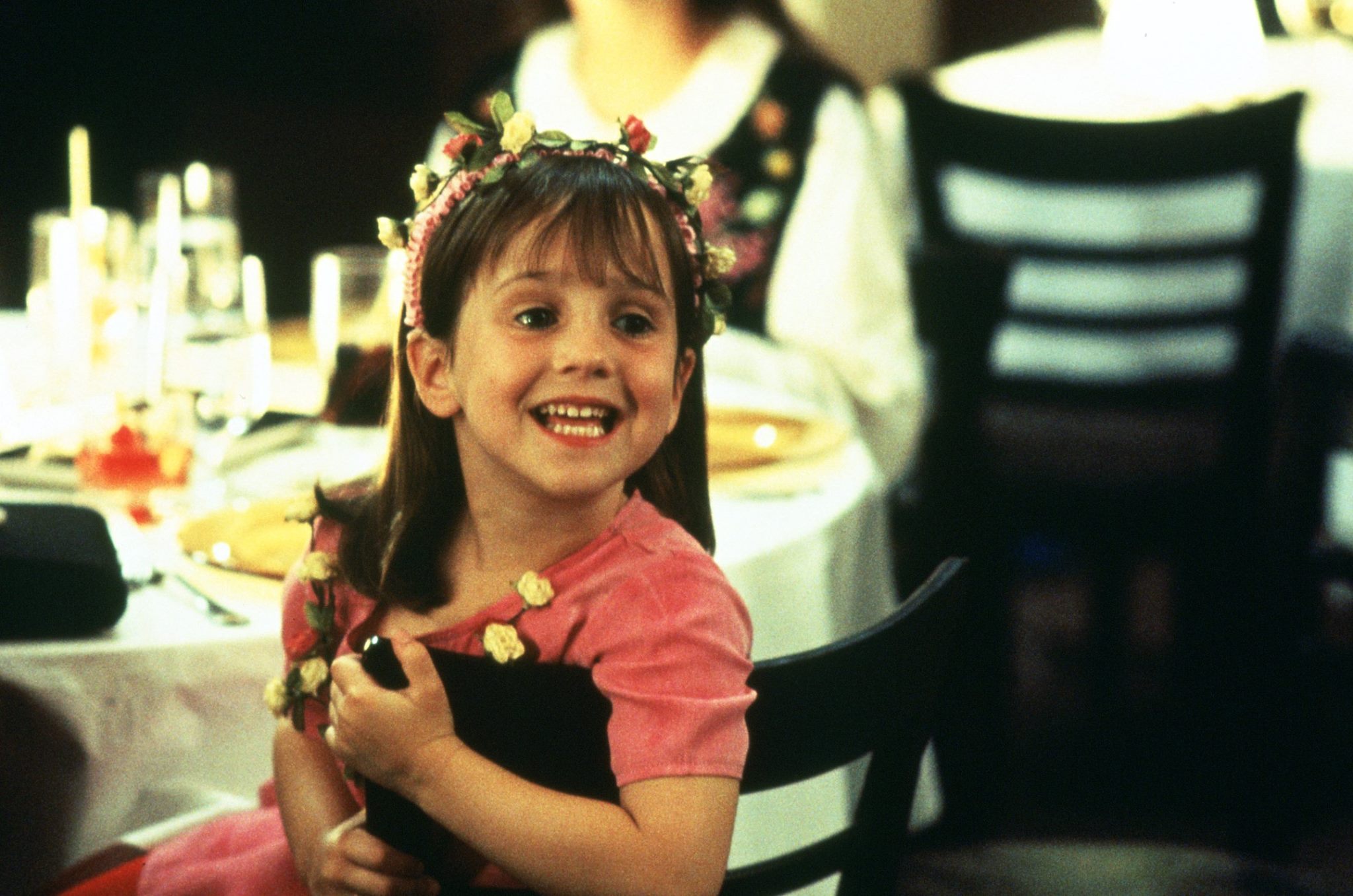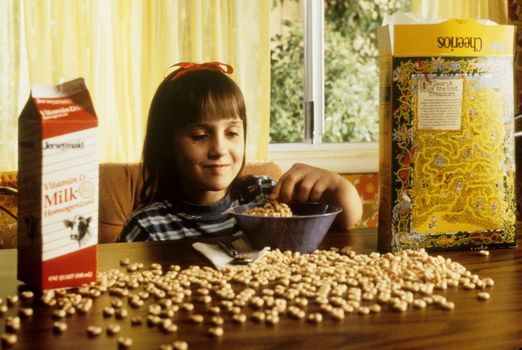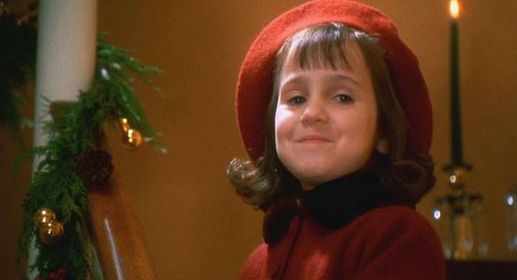
At just five years old, Mara won the hearts of millions when she starred as Robin Williams’ youngest child in Mrs. Doubtfire. Even before landing the role, the California native had already appeared in commercials, and her future in Hollywood seemed bright.
Yet, despite her rising fame, her parents kept her grounded. “Even though they were proud of me, my parents would still ground me,” Wilson shared. “My mother always reminded me, ‘You’re just a kid,’ whenever I would get too confident and say something like, ‘I’m the greatest!’”
After Mrs. Doubtfire, Wilson continued to shine, landing the iconic role of Susan Walker in the 1994 remake of Miracle on 34th Street, reprising a character once played by Natalie Wood in 1947. Recalling her audition for the role, Wilson wrote in an essay for The Guardian, “I read my lines for the production team and told them I didn’t believe in Santa Claus, but I did believe in the tooth fairy—and had named mine after Sally Field,” a nod to her co-star from Mrs. Doubtfire.
In 1996, Wilson took on another memorable role as the magical girl in Matilda, starring alongside Danny DeVito and his wife, Rhea Perlman. Sadly, that same year, Mara’s mother, Suzie, passed away from breast cancer—a loss that left a profound impact on the young actress. “I wasn’t sure who I was anymore,” Wilson later said. “I was two different people before and after her death. She was this constant presence in my life, and losing her was overwhelming. I just wanted to be a normal kid, especially after she was gone.”

Despite her growing fame, Wilson revealed she was deeply unhappy during this time, feeling exhausted by the demands of stardom. Her final major film role came in 2000, when she starred in Thomas and the Magic Railroad at the age of 11. Even then, she felt disconnected from the industry. “I reacted viscerally to the writing. I was only 11, but I thought, ‘Ugh, I hate this,’” she admitted to The Guardian.
Wilson’s decision to leave Hollywood wasn’t entirely by choice. As she hit puberty, the roles began to dry up, with casting directors no longer seeing her as the “cute” child star she once was. Reflecting on her teenage years, she described herself as “just another weird, nerdy, loud girl with bad hair and teeth, whose bra strap was always showing.”

By age 13, Wilson noticed that no one called her cute anymore. “Not in a flattering way, at least,” she said. The transition from child star to adolescent, coupled with the pressures of growing up in the public eye, took a toll on her self-esteem. “I had this Hollywood notion that if you’re not attractive or cute, you’re worthless. I linked that to my career’s downfall. Even though I was burned out on acting, rejection still hurt.”
Despite her difficult experiences in Hollywood, Wilson found a new path as a writer. In 2016, she released her first book, Where Am I Now? True Stories of Girlhood and Accidental Fame, where she chronicled her journey from childhood stardom to a life of relative but happy obscurity. In the book, she discusses everything from learning about sex on the set of Melrose Place to the realization that she was no longer “cute” enough for Hollywood.
She also penned another memoir, Good Girls Don’t, where she delves into the pressure of living up to expectations as a young performer. “Being cute made me miserable,” Wilson wrote in her Guardian column. “I always expected to give up acting, not the other way around.”
What are your thoughts on Mara Wilson’s story? Share this with others, and let us know what you think!